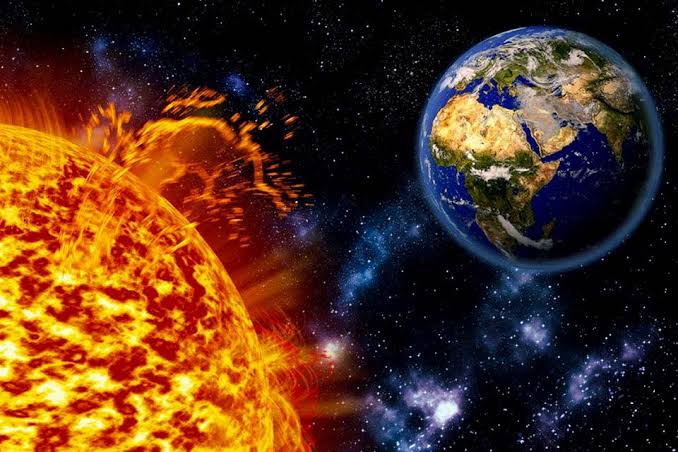
In a global effort to better understand solar storms and their effects on Earth, scientists are using advanced techniques to analyze radiocarbon records in ancient trees.
According to Professor Maarten Blaauw, from Queen’s University Belfast, this research aims to deepen the understanding of extreme solar events and develop strategies to face possible future devastating occurrences.
Current research focuses on detailed analysis of growth rings from ancient trees collected from various parts of the world, which may contain evidence of radiocarbon fluctuations caused by intense solar storms.
These data, according to Blaauw, are fundamental for building an accurate history of these events, which have often not been documented in human history.
One of the most notable events ever recorded was the Carrington Event in September 1859, which coincided with the publication of Charles Darwin’s “The Origin of Species”.
This event caused extensive failures in the telegraph systems of Europe and North America and is one of the largest solar events ever observed.
However, recent studies point to even more intense events, such as the storm detected in 774 AD, which was identified through an abrupt spike in radiocarbon concentrations in tree rings.
In addition to 774 AD, research has identified similar events in 993 AD and 660 BC, with one particularly ancient event identified in tree rings dating back to 14,370 years ago.
These findings indicate that the phenomenon of extreme solar storms is more frequent than previously assumed and that past events may have been even more devastating than the Carrington Event.
The impact of these storms is significant, especially considering society’s current reliance on technologies vulnerable to electromagnetic disturbances. Large-scale solar storms have the potential to destroy satellites, disable electrical grids, and compromise global communications and navigation systems.
Studying radiocarbon not only helps identify these historic events, but is also crucial for predictive modeling, which can offer insights into how and when the next major solar event might occur. This understanding is vital for developing early warning systems and protective measures for critical infrastructure.
As scientists continue to discover and catalog extreme solar storms through radiocarbon records, understanding of the Sun’s behavior and interactions with Earth is growing.
This, in turn, will allow humanity to be better prepared to mitigate the effects of future solar storms, ensuring greater protection for modern technology and society as a whole.
Source: https://www.ocafezinho.com/2024/09/27/cientistas-se-preparam-para-a-maior-tempestade-solar-contra-a-terra/

